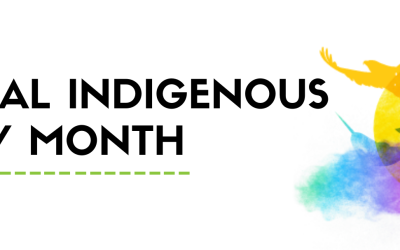The fourth annual Aboriginal Governance Index by the Frontier Centre for Public Policy (FCPP) found that several First Nations in Saskatchewan are well-governed.
"We received a high participation rate from Saskatchewan First Nations, basically a lot more," said Joseph Quesnel, FCPP policy analyst. "Saskatchewan was the leader in terms of performance — eight of the top 10 were from Saskatchewan."
Each of the 78 First Nations that participated — 42 from Saskatchewan, 21 from Manitoba and 15 from Alberta — received a percentage out of a possible 100 points.
Ochapowace First Nation at 77.2 per cent topped the list followed closely by Muscowpetung Saulteaux First Nation with 77 per cent and then O’Chiese First Nation from Alberta at 76 per cent.
Quesnel said one of the things that helped Ochapowace earn the top spot was the First Nation leaders had a specific goal for the community.
"The have a vision to double per capita income on the reserve by 2014," said Quesnel.
He said there are always high performers and low performers in the index, but Saskatchewan did very good on average.
"Having more First Nations from Saskatchewan definitely made a difference just in terms of adding to the mix," said Quesnel, adding that this did not affect the individual scores.
He said this year, First Nations that had 100 or less residents were not used in the survey, which explains why some First Nations were dropped from the list.
The index rates First Nations on elections, administration, human rights, transparency, and economy to determine good governance.
"Two things, overall, that we noticed was we’re continuing to see confidence in election systems in all three provinces," said Quesnel.
"More First Nations are trusting their election system and they’re voting and their votes are being counted. There is a lot of issue regarding notice of selection and different things and we find that very encouraging. But there’s still a lot of issue about administration and human rights."
This year, the report included a new section on best practices. In that section the centre provided hints on how to separate band politics from administration, business and service delivery as well as ways to help First Nations become more transparent.
The other First Nations to make the top 10 list are: Saulteaux First Nation, 72.6 per cent; Wahpeton First Nation, 72.2 per cent; Little Pine First Nation, 71.4 per cent; Yellow Quill, 71.2 per cent; Carry the Kettle First Nation, 71.2 per cent; Paul First Nation, Alta., 71.2 per cent, followed by Mosquito, Grizzly Bear’s Head, Lean Man First Nations, 70.8 per cent.
The complete report is available at www.fcpp.org.


